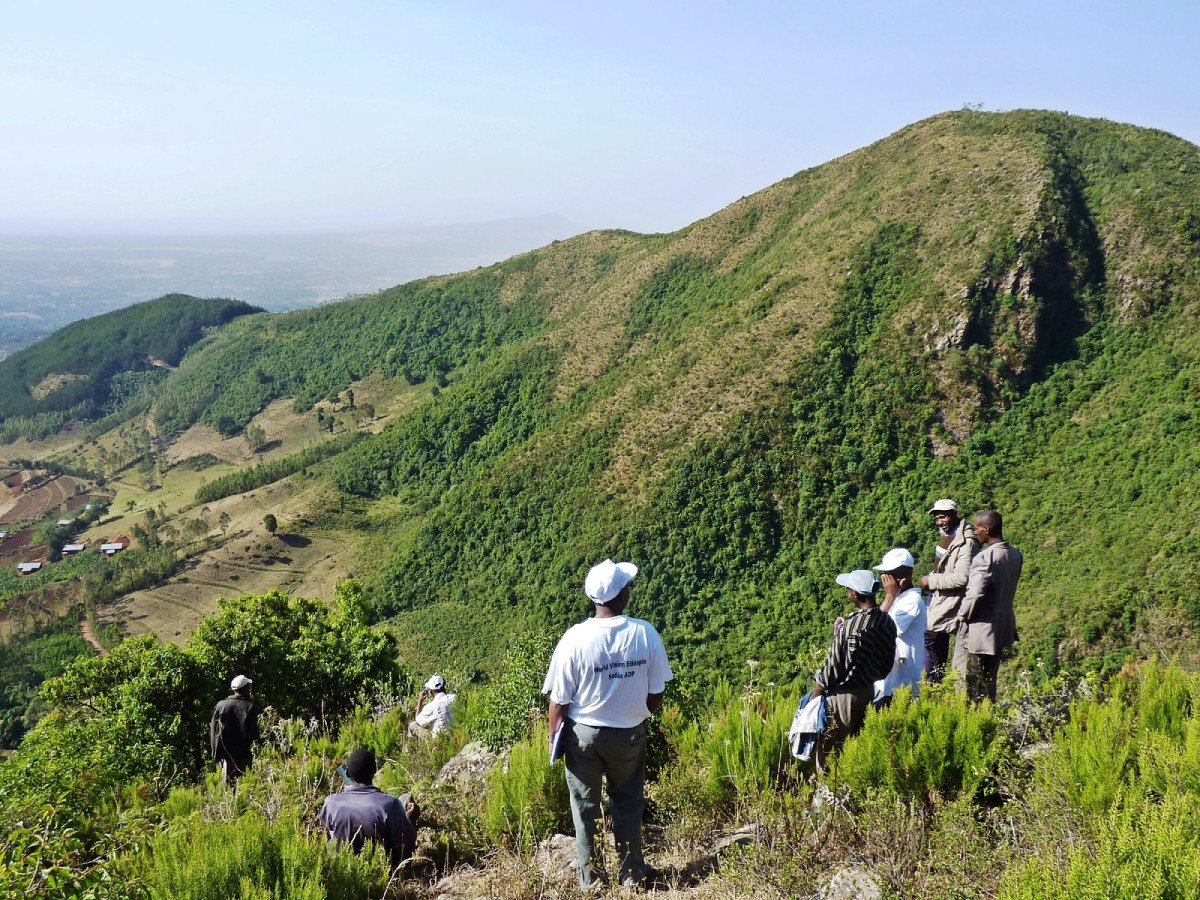About project
The project is a community managed reforestation project that restores 3,227 hectares of degraded land in Ethiopia’s Humbo region using native and naturalised tree species. Through it's community-driven model, local farmer cooperatives lead project activities, with 65% of carbon credit revenue shared with them, creating a sustainable, long-term alternative to deforestation. Using the Farmer Managed Natural Regeneration (FMNR) technique, the project sequesters carbon while restoring biodiversity, improving habitat connectivity for endangered species and strengthening ecosystem resilience for lasting environmental and community benefits.
About supplier
World Vision Australia is a Christian charity. It is one of Australia’s largest international non-government organisation that works with projects that tackle climate change, preventing species loss and with vulnerable communities at the grassroots level, empowering them with the knowledge, skills and resources to work their way out of poverty.
Benefits of Project & Method
- The project utilises a buffer pool of 20%, to reduce reversal risk.
- The project uses the Farmer Managed Natural Regeneration (FMNR) technique to restore degraded lands. Making it quite scalable as the project’s model is low-cost and easily replicable across landscapes and is expected to remove 66,600 tCO2e over the next 5 years.
- Transforms degraded communal lands into managed forests reducing erosion, improving water retention, and enriching soil health.
- The project region is home to over 25 endangered and endemic species such as the Mountain Nyala and the Prince Ruspoli’s Turacoand.
- 65% of carbon revenue goes to community cooperatives, while 35% is retained by World Vision for monitoring, verification, and credit sales.
- Gold Standard–certified project that issues ex-post credits, meaning that the carbon has already been removed and verified by Carbon Check.
- Plots are monitored every five years through field visits and satellite imagery. While its co-benefits are monitored annually.
- Geopolitical risk is mitigated through secure land rights, community co-design with local cooperatives, alignment with government policy, and support from international partners like World Vision.

